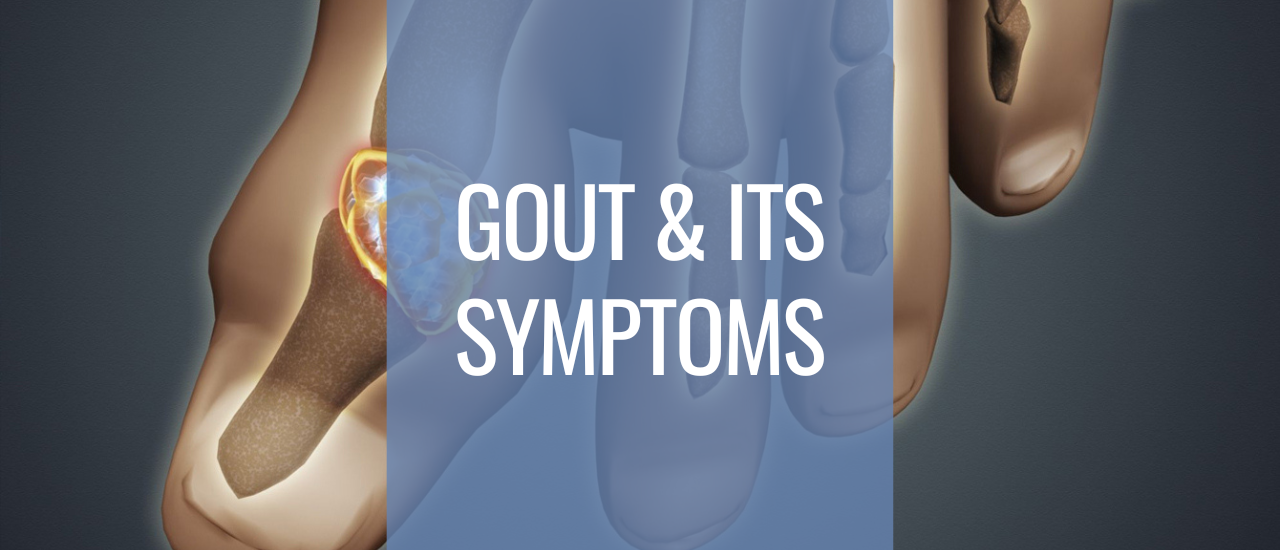


A painful variety of arthritis is gout. Intense joint pain that appears unexpectedly, frequently in the middle of the night, is one of the signs of a gout flare up in foot. Sharp crystals may form in the big toe or other joints when your body has an excess of uric acid, which can result in painful swelling periods. The accumulation of uric acid in joints as a result of improper uric acid management can result in kidney stones, painful arthritic flare-ups, and kidney failure from uric acid crystals blocking the kidney’s filtering tubules. More men than women suffer from gout. Diabetes, hyperlipidemia, hypertension, overweight, and high blood pressure that gout flares up in foot.
Purine metabolism that is out of balance is what causes gout. The body produces the chemical uric acid as it breaks down and digests certain food components known as purines. When there are too many purines in the body, uric acid crystallizes in the joints of gout sufferers, resulting in swelling and discomfort. The body occasionally makes too much uric acid. Or the kidneys aren’t able to handle it well. Uric acid crystals can accumulate in the joints when there are excessive levels of uric acid in the body, a condition known as hyperuricemia.
Typically, only one joint is affected during the initial phase of gout. The big toe is the most typical location, but other possibilities include the knee, ankle, wrist, foot, or finger. Gout attacks can occur quite quickly, frequently overnight, and are excruciatingly painful.
A lot of people get gout. Men experience it more frequently than women do. Typically, gout first appears in middle age. Women typically do not experience gout until beyond menopause; hence they typically experience the disease later in life than men.
A needle may be used by your doctor to draw fluid from the troubled joint. A microscope examination of the fluid can reveal urate crystals. It identifies the microorganisms that can infect the fluid around your joints. The presence of protein, glucose, or crystals can also be determined by testing the joint fluid. You might develop gout if you have crystals of monosodium urate monohydrate.
Blood test to find out how much uric acid is in your blood. It results, however, can be misleading. Some individuals who have high uric acid levels never develop gout. Additionally, some patients do not have excessively high levels of uric acid in their blood yet nonetheless experience gout symptoms.
The presence of uric acid crystals in the joint may be visible on an x-ray. However, x-rays can still be clear even in cases of gout. Before joint changes may be detected on an x-ray, experts believe that chronic gout needs to be present for 5 to 10 years. Joint X-rays can be helpful in ruling out several causes of joint inflammation.
Urate crystals in tophi or joints are discovered using sound waves. To find places where uric acid crystals have built up, such joint cartilage, they employ ultrasonography.